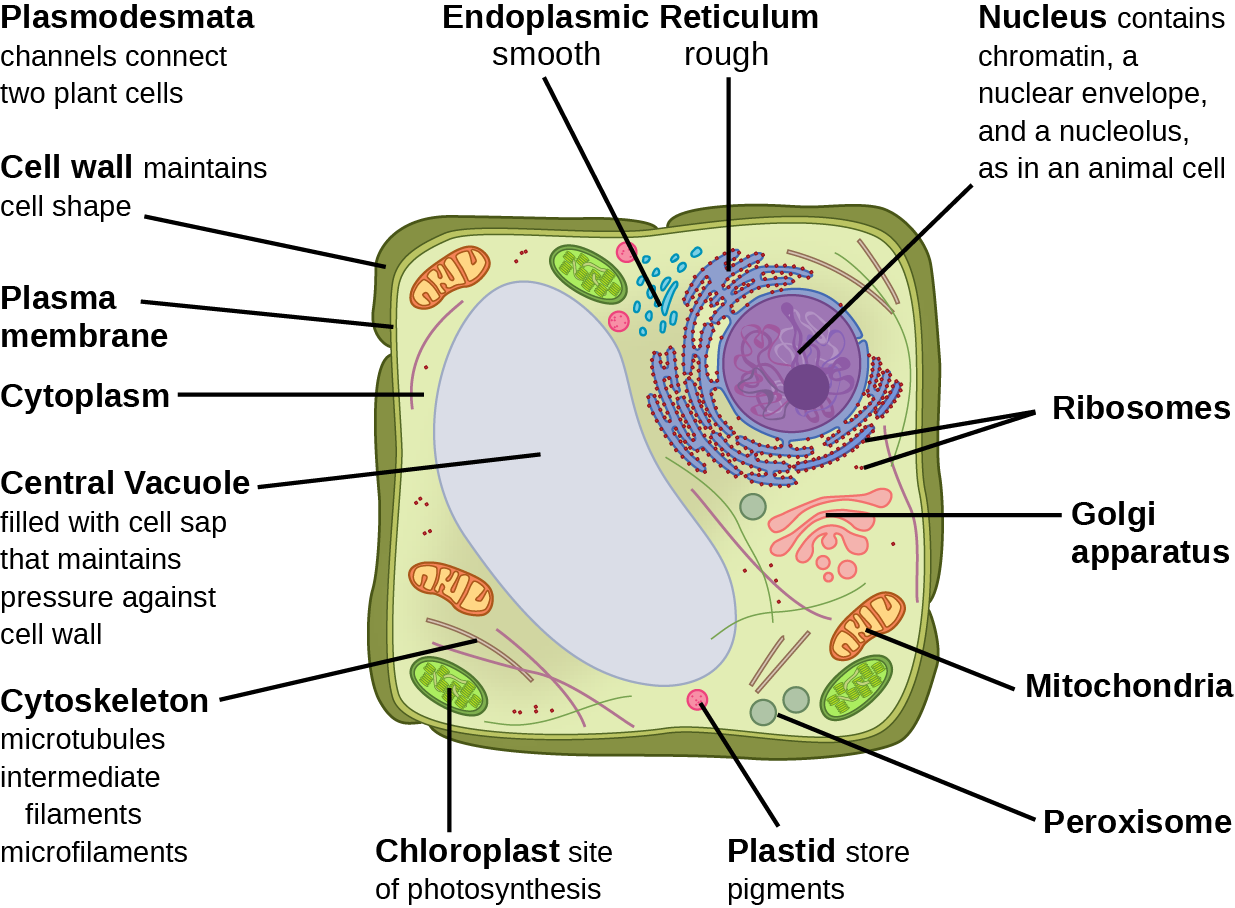Cell Division Increases The Number Of Cells And Causes Many Celled
The total number of cells in a population is determined by the rate of cell proliferation minus the rate of cell death. During inter-phase a cell duplicates its chromosomes and prepares for cell division.
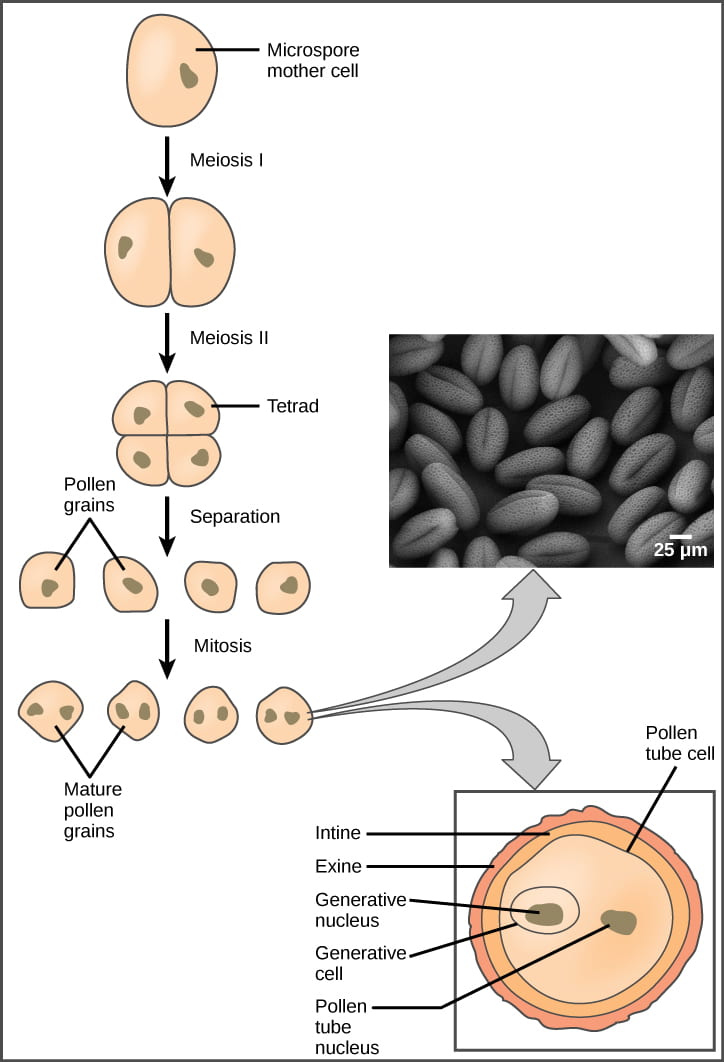 Plant Reproduction Organismal Biology
Plant Reproduction Organismal Biology
Meiosis produces four genetically different haploid cells.

Cell division increases the number of cells and causes many celled. Cell division gives rise to genetically identical cells in which the total number of chromosomes is maintained. That means we lose around 50 million cells every day. In general mitosis division of the nucleus is preceded by the S stage of interphase during which the DNA is replicated and is often.
Human embryonic development or human embryogenesis refers to the development and formation of the human embryoIt is characterised by the processes of cell division and cellular differentiation of the embryo that occurs during the early stages of development. Most of the life of any eukaryotic cell or cell with a nucleus is spent in a period of growth and development. The process by which a cell reproduces to create two identical copies of itself is known as mitosis.
The portion of the cell cycle M stage during which a cell divides into two usually identical daughter cells. This is the basis of asexual reproduction. There are three major types of cell division which are.
Cell size depends on both cell growth and cell division with a disproportionate increase in the rate of cell growth leading to production of larger cells and a disproportionate increase in the rate of cell division leading to production of many smaller cells. Mitosis and meiosis take place in eukaryotic cells and are more advanced. In cell biology mitosis m aɪ ˈ t oʊ s ɪ s is a part of the cell cycle in which replicated chromosomes are separated into two new nuclei.
Unlike mitosis meiosis is a reduction division the chromosome number is halved from diploid 46 chromosomes in 23 pairs in humans. One cell gives rise to two genetically identical daughter cells during the process of mitosis. Depending on the type of cell there are two ways cells dividemitosis and meiosis.
Cell division Growth occurs by an increase in the number of cells andor by a limited increase in cell size. The concept of the Hayflick limit was advanced by American anatomist Leonard Hayflick in 1961 at the Wistar Institute in Philadelphia Pennsylvania United States. Most tissues of the body grow by increasing their cell number but this growth is highly regulated to maintain a balance between different tissues.
This finding refuted the contention by French. Increase in cell number takes place as a result of division of cells. This cell division process frequently occurs during the development of a plant or animal.
The Hayflick limit or Hayflick phenomenon is the number of times a normal human cell population will divide before cell division stops. Increases the number of cells and causes many-celled organisms to grow. One of the.
In adults most cell division is involved in tissue renewal rather than. This is a lot of skin cells to replace making cell division in skin cells is so important. Cell division usually occurs as part of a larger cell cycle.
Whereas binary fission takes place in prokaryotic cells of simple single-celled organisms such as bacteria. Cell division allows for growth and replacement of dead cells. Most multicellular organisms are made of different cell types that are specialised to carry out specific functions.
A vegetative division whereby each daughter cell is genetically identical to the parent cell and a reproductive cell division whereby the number of chromosomes in the daughter cells is reduced by half to produce haploid gametes. The goal of mitosis is the formation of two identical cells from a single parent cell. In cell biology mitosis is a part of the cell cycle.
Other cells like nerve and brain cells divide much less often. In eukaryotes there are two distinct types of cell division. These cells reproduce by copying their genetic information and undergoing cell division where the parent cell gives rise to two daughter cells.
Each of these methods of cell division has special characteristics. Cell division- increases the number of cells and causes many-celled organisms to grow. Cell division is the process by which a parent cell divides into two or more daughter cells.
In biological terms the development of the human body entails growth from a one-celled zygote to an adult human being. Hayflick demonstrated that a normal human fetal cell population will divide between 40 and 60 times in cell culture before entering a senescence phase.
 Cell Structure Chapter Ppt Download
Cell Structure Chapter Ppt Download
 Cell Size And Shape Advanced Ck 12 Foundation
Cell Size And Shape Advanced Ck 12 Foundation
Https Www Spotsylvania K12 Va Us Cms Lib Va01918722 Centricity Domain 1382 Ap 20biology 20summer 20assignment 20chapter 201 20quiz 20 202016 Pdf
 Chapter 4 Cell Reproduction Section 1 Cell Division And Mitosis Flashcards Quizlet
Chapter 4 Cell Reproduction Section 1 Cell Division And Mitosis Flashcards Quizlet
 Cell Division And Mitosis Ppt Download
Cell Division And Mitosis Ppt Download
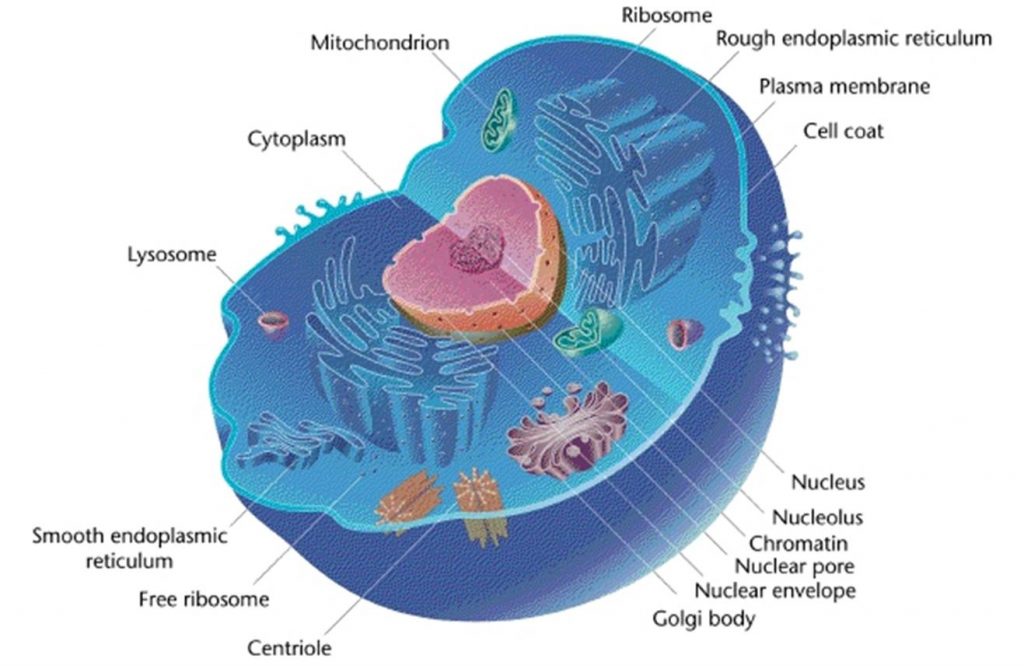 Comparing Prokaryotic And Eukaryotic Cells Principles Of Biology
Comparing Prokaryotic And Eukaryotic Cells Principles Of Biology
 Mitosis Importance Stages Examples With Questions Videos
Mitosis Importance Stages Examples With Questions Videos
Https Www Theexpertta Com Book Files Openstaxbio2e Chapter 204 20 20cell 20structure Pdf
Https Ed Sc Gov Scdoe Assets File Instruction Standards Science Biology 20support 20guides 20combined 20pdf Pdf
 Chapter 13 The Cell Cycle Mitosis Introduction To Molecular And Cell Biology
Chapter 13 The Cell Cycle Mitosis Introduction To Molecular And Cell Biology
 Cell Reproduction Worksheet Answers
Cell Reproduction Worksheet Answers
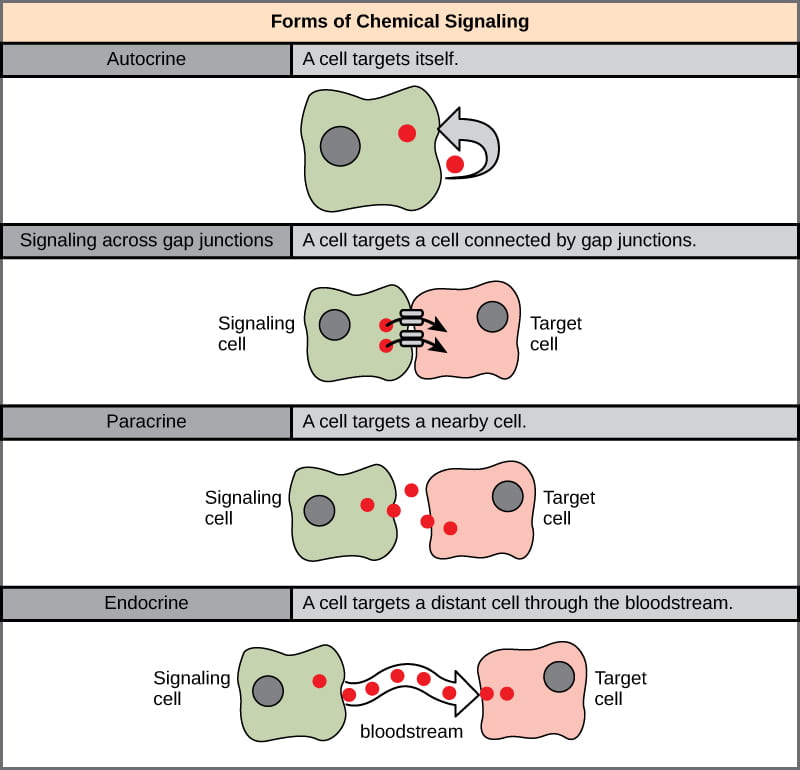 Principles Of Chemical Signaling And Communication By Microbes Organismal Biology
Principles Of Chemical Signaling And Communication By Microbes Organismal Biology
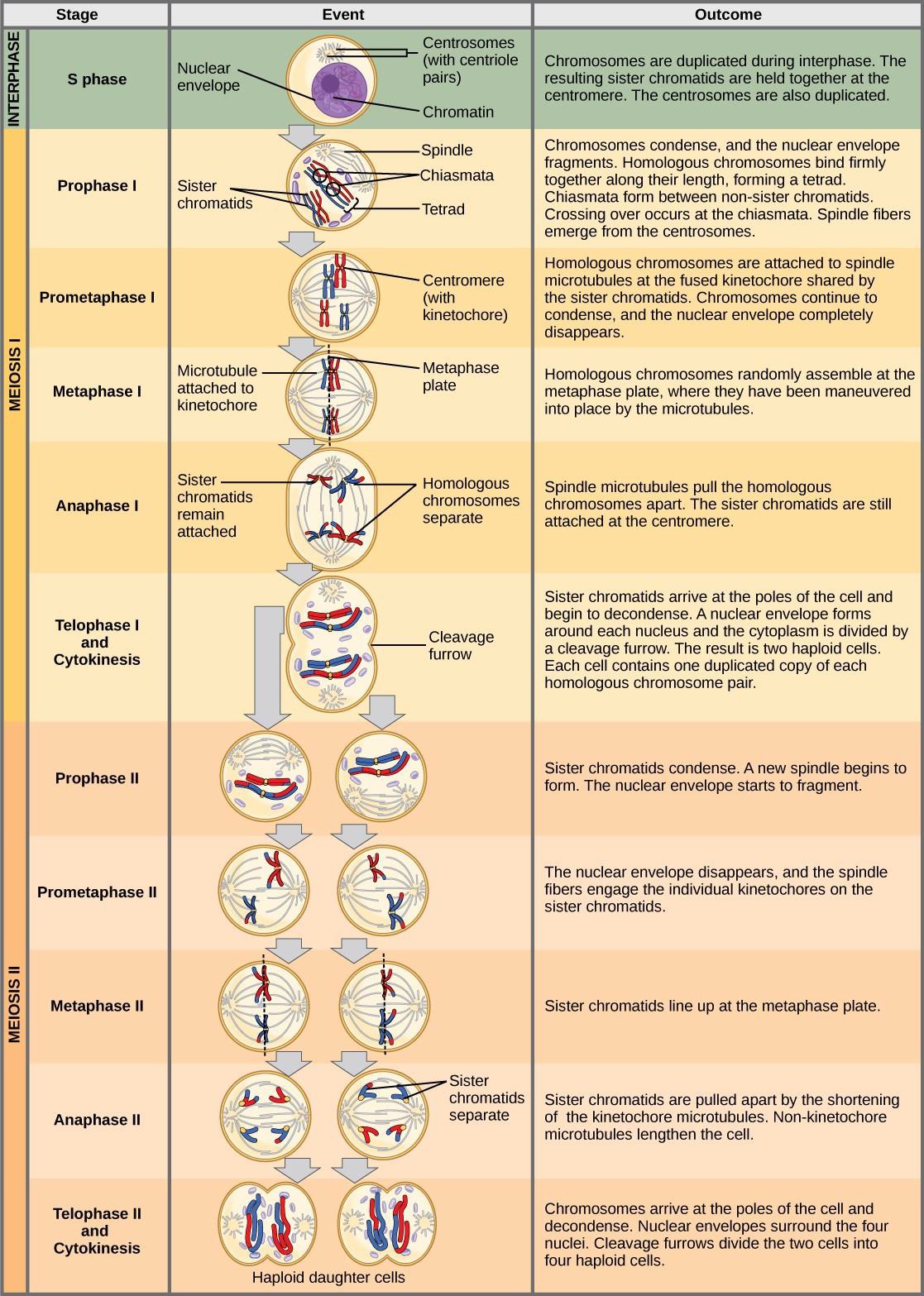 Chapter 15 Meiosis Sexual Reproduction Introduction To Molecular And Cell Biology
Chapter 15 Meiosis Sexual Reproduction Introduction To Molecular And Cell Biology
 Cellular Specialization Differentiation Video Khan Academy
Cellular Specialization Differentiation Video Khan Academy
 Chapter 10 Cell Division And Mitosis A Cell Division Increases The Number Of Cells And Causes Many Celled Organisms To Grow B The Cell Cycle Series Ppt Download
Chapter 10 Cell Division And Mitosis A Cell Division Increases The Number Of Cells And Causes Many Celled Organisms To Grow B The Cell Cycle Series Ppt Download
 Cell Reproduction Homework Fill In The Blanks Flashcards Quizlet
Cell Reproduction Homework Fill In The Blanks Flashcards Quizlet


